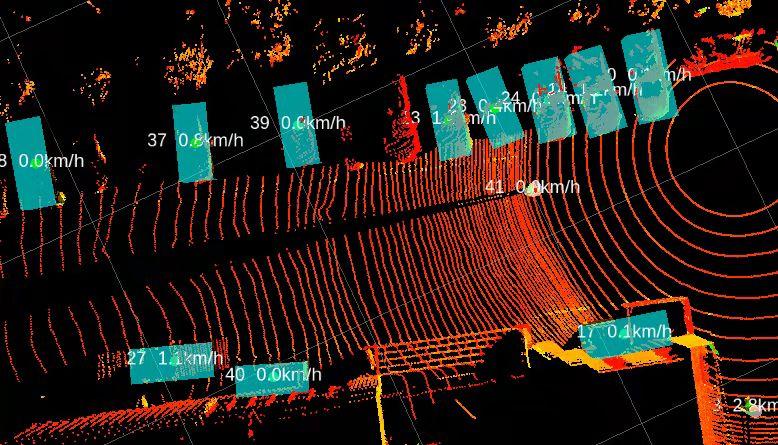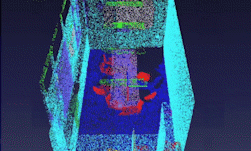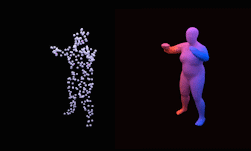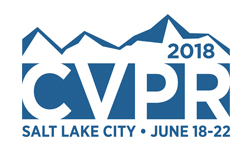Today at the annual Computer Vision and Pattern Recognition conference in Salt Lake City, Utah, researchers from NVIDIA, the University of Massachusetts Amherst, and the University of California, Merced received the “Best Paper Honorable Mention Award,” for their paper, “SPLATNet: Sparse Lattice Networks for Point Cloud Processing”.
“We are truly honored to receive this award. We are excited and proud to be recognized for our efforts in furthering this very important research,” the team said.
The research paper describes a new deep learning-based architecture that processes point clouds without any pre-processing. Point clouds are defined by X, Y and Z coordinates and are intended to represent a 3D object or a scene. They are generally created by remote sensing or photogrammetry, which is the science of taking measurements from photographs.
One of the problems with point clouds is that they consist of sparse and unordered sets of 3D points. This makes it difficult to use a traditional convolutional neural network to perform point cloud processing without any pre-processing. Pre-processing of point clouds into voxels or 2D views usually result in artifacts and causes a loss of details in point clouds.
To solve the problem, the team designed a neural network that is flexible, alleviating some of the challenges with current 3D deep learning architectures.=
Using NVIDIA GeForce GTX 1080 GPUs and the cuDNN-accelerated Caffe deep learning framework, the team trained their neural network on multiple datasets comprised of 2D images and 3D point clouds.
“SPLATNet directly takes point clouds as input and computes hierarchical and spatially aware features with sparse and efficient lattice filters,” the researchers wrote in their paper. “SPLATNet allows easy mapping of 2D information into 3D and vice-versa, resulting in a novel network architecture for joint processing of point clouds and multi-view images.”
The team says their network compares favorably against state-of-the-art approaches.
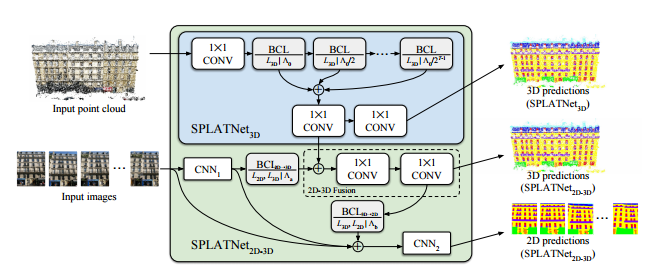
In future projects, the team would like to explore the use of additional input features such as building’s texture and also the use of other high-dimensional lattice spaces. The code for SPLATNet is available on GitHub.
The Computer Vision and Pattern Recognition Conference was first held in Washington D.C. in 1983 and is sponsored by the IEEE Computer Society and the Computer Vision Foundation. The conference considers a wide range of topics related to computer vision and pattern recognition. This year, thousands of people filled the exhibit halls of the Salt Palace Convention Center in downtown Salt Lake City, Utah.
Read more >
NVIDIA SPLATNet Research Paper Wins a Major CVPR 2018 Award
Jun 19, 2018
Discuss (0)
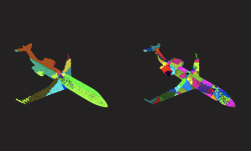
Related resources
- GTC session: Insights from NVIDIA Research
- GTC session: Demystify CUDA Debugging and Performance with Powerful Developer Tools
- GTC session: Generative AI Theater: Fast-Track AI Development With NVIDIA APIs and NGC Catalog
- NGC Containers: NVIDIA MLPerf Inference
- SDK: NCCL
- SDK: Neural VDB
